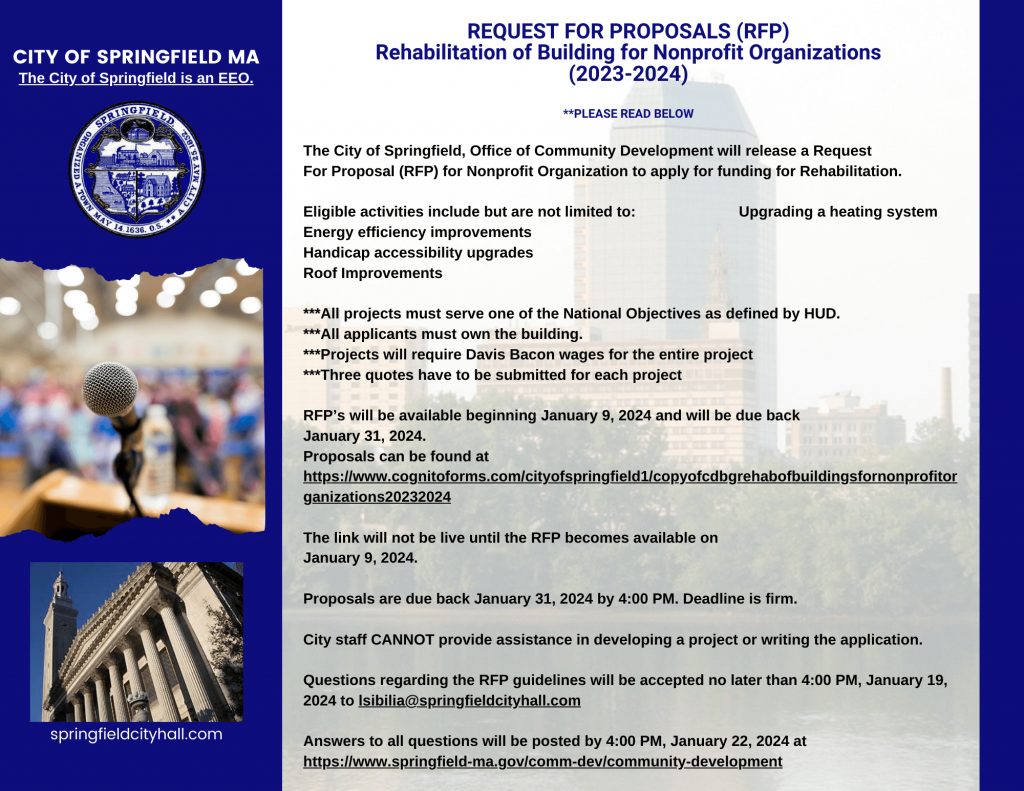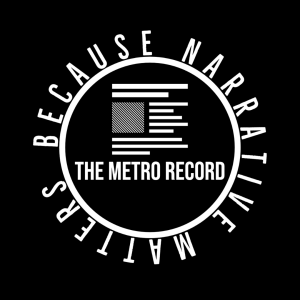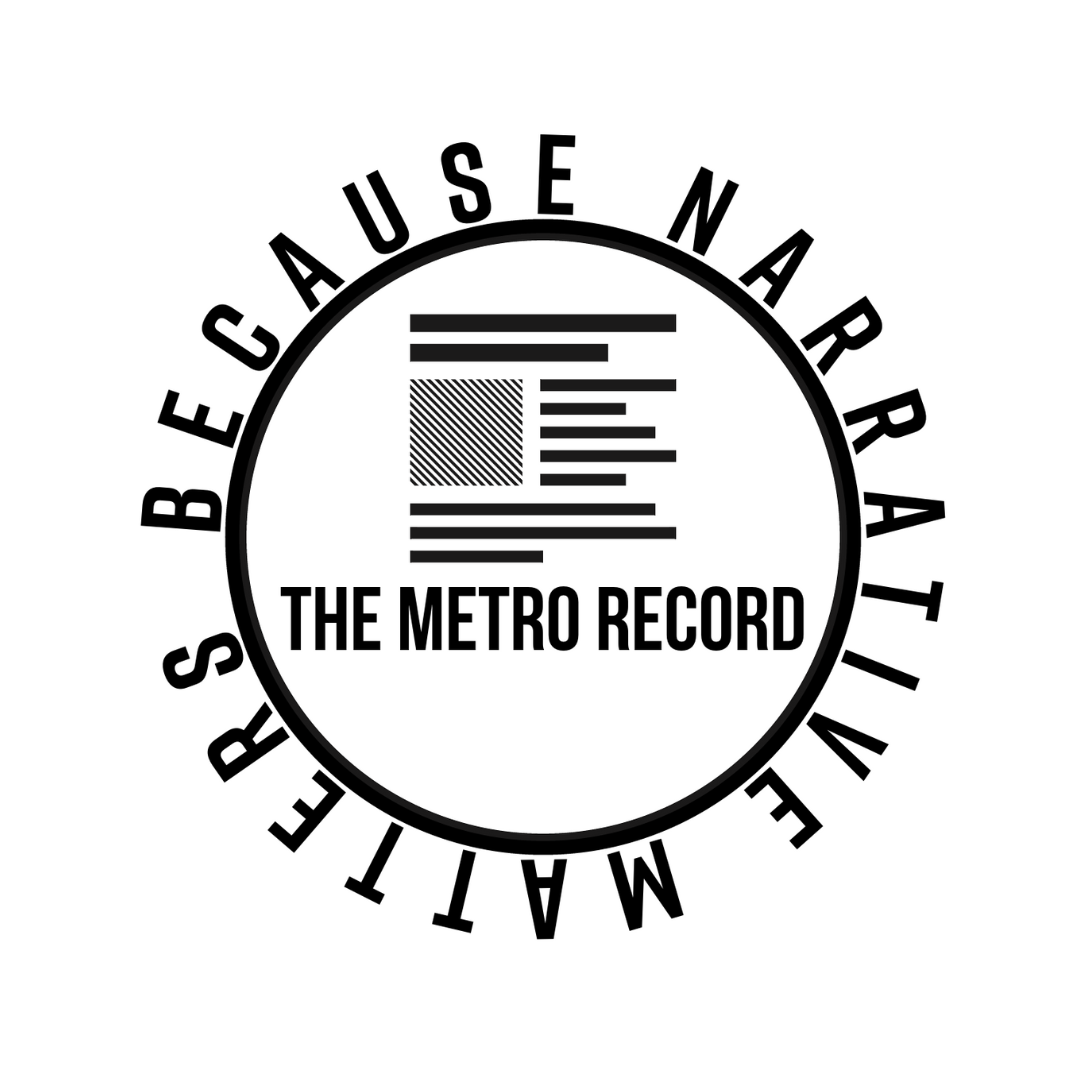Black-owned businesses do exist!
Contrary to popular opinion or uneducated offerings and following news trends one would begin to believe that Black people only exist while in the midst of a public safety crisis or when addressing Black social dysfunction. We know that we are more than our challenges, our truth is a truth that isn’t obvious in the news. How often has it been said “They only come to show our bad side or they don’t come at all” in reference to news teams across the country as they emphasize inaccurate depictions and information?
How much of the offside coverage is the Black community’s own fault? You cannot allow others to control your narrative and then get upset when they get the information wrong. There must be a commitment to create a process of information that covers African Americans relevant to the current progressiveness of the Black community. One would respond, but we do have Black media!

Black media does exist! The challenge with Black media is that most outlets are content with simply existing and lack a strong socio-political and economic presence. There is limited accountability for Black publishers to responsibly and professionally cover news that impacts its target demographic. Most understand that they are indeed businesses and to capture the breadth of black life while also shining a steady light on the persistent challenges facing black people may cause them to lose a significant portion of their advertising revenue.
So the solution is to be more aggressive than ever in trying to get Black businesses and organizations to step up to make a difference. Traditionally Black businesses rarely if ever advertise their business or service offerings, especially in the Black media. That has to change! As an advertiser, you do have a say in the type of news coverage those outlets provide. You have the ability to hold publishers accountable for the lack of information or daily, weekly, and monthly rumblings of irrelevant and oftentimes subjective publishing. Whether by omission or commission, news coverage frequently reinforces stereotypes.
Another side of the story offers that Black organizations and businesses rarely invite media to cover their newsworthy happenings, the more you extend invitations via press advisories, press releases, and press statements the more apt they are to gain an awareness of happenings within the community. So we will begin there. Every month we’ll publish information on how to promote events and activities that are deemed relevant and newsworthy beginning with the Press Release.
A press release is a text-based announcement of an event, development, or other newsworthy item that is issued to the media for publication consideration. Most press releases are available for “immediate release”. It means anyone can share the information as soon as the release is made public. The main purpose of a press release is to promote something significant and specific. The press release is direct readership publicity. Note that a press release is NOT a poem, a letter, a flyer, or an advertisement.
Points to remember: Your press release should be kept to about 500 words or less. Press releases should be at least three paragraphs long including the opening paragraph, a supporting paragraph(s), and a closing paragraph that restates or summarizes your main points.
The words “For Immediate Release” should appear at the top of your press release in all capital letters. Be creative with your press release, but be brief and concise, and do not use all upper case or punctuation marks – especially exclamation marks.
The Headline is followed by Sub-Headline Text. If you use a sub-headline, it should be catchy, informative, or explain or quote something, and written as a brief sentence. Following the Headline and Sub-Headline, identify the location and the date of the release: Physical location (country, state, city), Month, Day, Year
The Content is very important, the opening sentence should be clear and strong. The first paragraph should contain the most important information and entice readers to want to continue reading the press release. It should also contain enough concise information that if no one reads further, the opening paragraph could stand on its own. Typically, the opening paragraph offers information about who, what, where, when, why, or how.
The second and subsequent paragraphs comprise the body of the press release. They should contain orderly, more detailed, and important information. The body often contains quotes from others to support your message. Your entire press release should be error-free. Have someone else check your grammar and proofread for typographical errors. Double-check all links, facts, statistics, data, and contact information before you publish your press release.
Just below your last information paragraph include a short, positive statement about your organization. This is known as the “boilerplate” portion and is a canned promotional sound bite that often contains a website address, length or scope of business, a slogan, etc. Be sure to close the entire press release with contact information (if any) and a series of three-pound signs to indicate the end of the press release. All of this information can be found on the world wide web or simply, the internet.
Promoting your business or positive happenings is critical in terms of ensuring that needed information is being shared with the public. What good is a great service or product if no one knows about it? There is a saying “the White man’s ice is always colder.” We all know that that isn’t true, he simply ADVERTISES that his ice is colder. At the end of the day, it has more to do with how well you market/promote your business than it does with race. If you build it, they will come. Right? Wrong! You have to let them know why they need to come…



